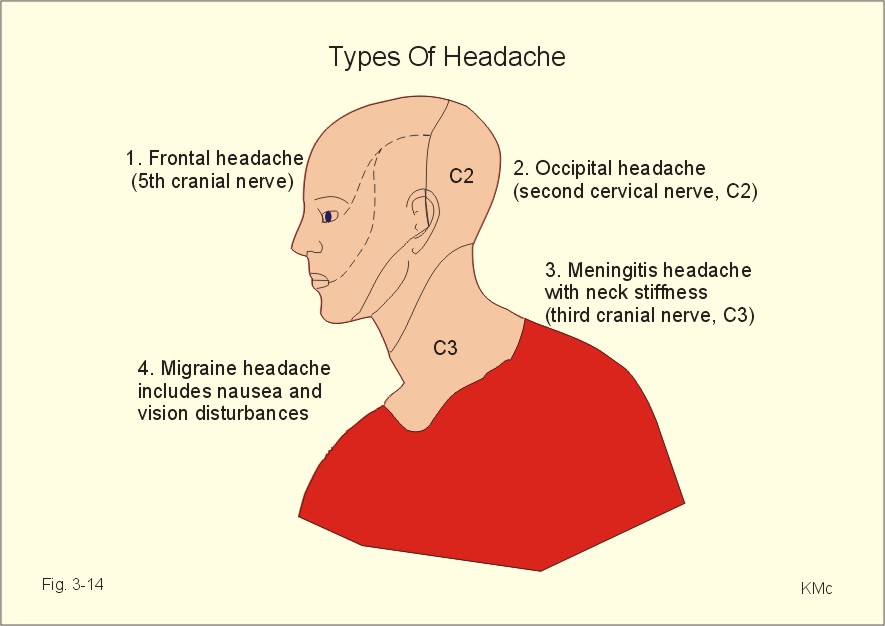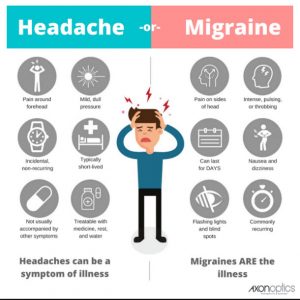Hey everyone, it’s Dr. Emily Hurley! I love to help people with headaches and migraines. I decided to specialize in migraines and headaches because as a migraine sufferer, I personally know how debilitating they can be. I wouldn’t be able to function without chiropractic to manage my migraines.
Oftentimes, my new patients come in reporting complaints of back pain. When I ask if they have headaches they respond “Oh occasionally” or “Just the normal amount”. Just to let you know- the normal amount of headaches is zero! When I ask how many headaches they consider to be “occasional headaches” my patients will sometimes describe up to 2-3 headaches per week! Headaches are not normal and are a sign that there is something going on! I help get to the root cause of the migraines and headaches. Oftentimes my chronic migraine patients know that they have triggers or patterns, such as the weather, stress, dehydration, certain foods, or right before and during their menstrual cycle. While these can all be factors in headaches or migraines, there is one common factor I find in all of my headache and migraine patients:
The Atlas Subluxation!
The Atlas is another name for our C1 vertebrae, that little bone that sits at the very top of our neck and supports our head. That’s why its name is Atlas, that little guy is carrying the weight of the world! The Atlas is the main culprit in nearly all of my headache and migraine patients. That little bone can get shifted out of alignment, which we call a subluxation. An Atlas adjustment is powerful and almost always gives a level of immediate relief. The Atlas Adjustment is a powerful neurologic reset. It’s a way to send a flood of information to the brain and is like rebooting a computer. It helps relieve pressure from those nerves going up into the head.
In the case of migraines (classified here as a one sided headache with pain behind the eye, accompanied by light sensitivity and usually nausea or vomiting), I have a few more factors to consider. My migraine protocol also includes cranial work. There is a bone in the center of our skull called the Sphenoid. The sphenoid will often follow the Atlas. If the Atlas shifts over, the Sphenoid can shift too. This puts pressure behind the eye. The one eye can appear bigger and it can cause pain behind the eye. Balancing the skull through cranial adjustments can give wonderful relief to migraine sufferers.
The third consideration is the balancing of the autonomic nervous system. Migraine sufferers that have light sensitivity, sound sensitivity, nausea and vomiting are stuck in their “Fight or Flight” side of their nervous system. Adjusting the spine, particularly the mid-back and upper back, can reset the Fight or Flight portion of the nervous system and help to calm the system. Think about it, if you are in Fight or Flight your body is on high alert. Your pupils dilate to be able to see the threat more clearly, your brain focuses on your hearing being more acute, your digestion slows down because you need all your energy preparing to run or fight the threat. This can be a factor in these symptoms of migraines.
Watch my video to hear about one of my greatest migraine success stories!











